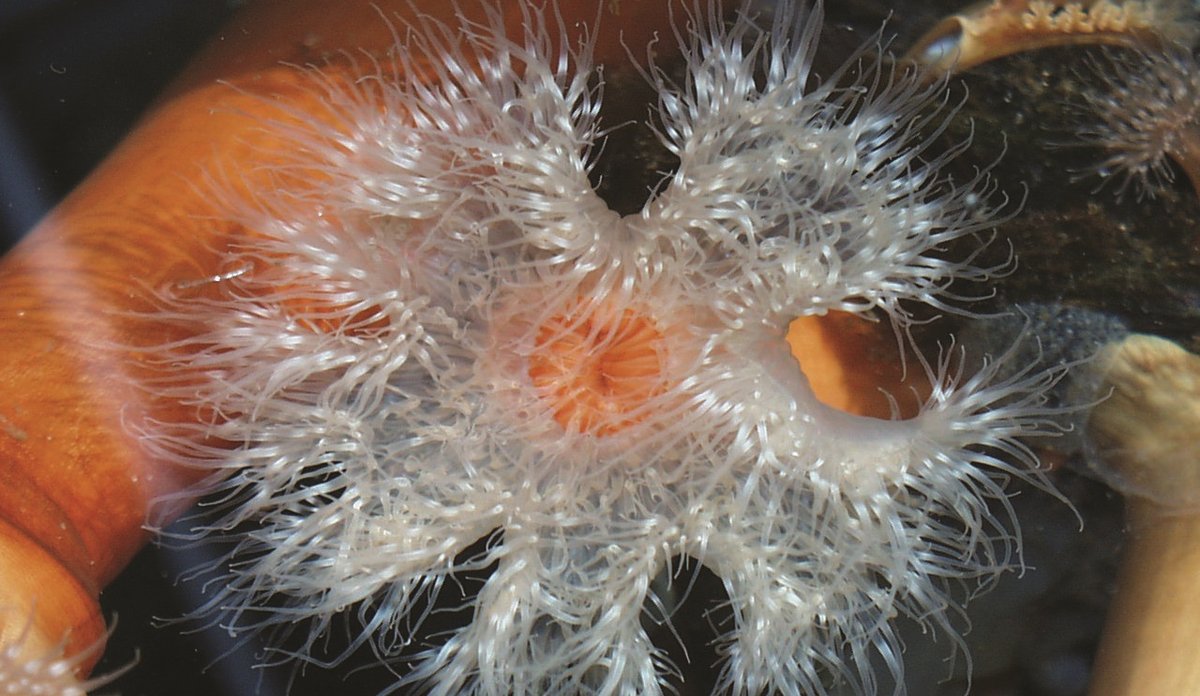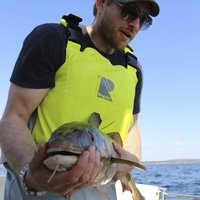This research group works on the biology and distribution of species and communities associated to the seafloor, both in the deep sea and shallow waters. Mapping the distribution of species and habitats generates knowledge useful for management advice and sustainable use of the oceans and the coastal zone, as well as knowledge on species biology, ecology and effects of human influence.
Kelp forest, eelgrass beds, coral reefs and sponge gardens are examples of important benthic communities, be it because of their structure (e.g. species diversity) or function (e.g. nursery habitats). Fishing, trawling, coastal development, and discharges are examples of human activities with adverse effects on the benthic communities, populations and ecological interactions. Mareano, habitat mapping and distribution modelling, effects of kelp harvesting, and coastal zone research are the main research activities.
Areas of scientific responsibility
-
Mapping and monitoring benthic communities in the deep and the coastal zone
-
The biology and ecology of benthic communities
-
Spatial ecology and habitat modelling
-
Effects of human activities on the benthos, species diversity, and vulnerable biotopes
-
Habitat restoration and conservation biology
-
Advisory service for planners and management
Resources
The research group consists of about 20 scientists, technicians, PhDs and students, working at the IMR research stations in Tromsø, Bergen and Flødevigen. The group has an extensive network and collaborates with universities and research institutions nationally and internationally.
Keywords
Marine Areal Database – MAREANO, habitat mapping, spatial ecology, benthic communities, coastal interactions, corals, sponges, kelp, macroalgae, seaweeds, seagrasses, Pacific oyster, taxonomy, photo/video analysis, carrying capacity and GIS.


